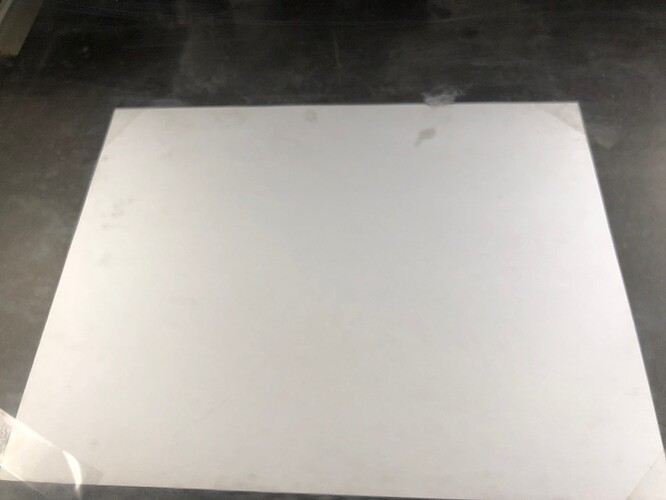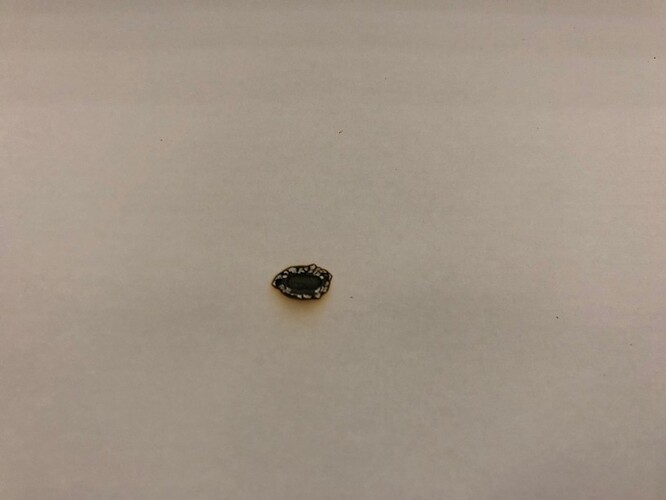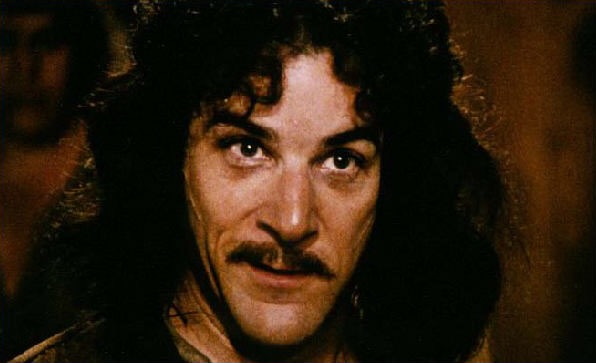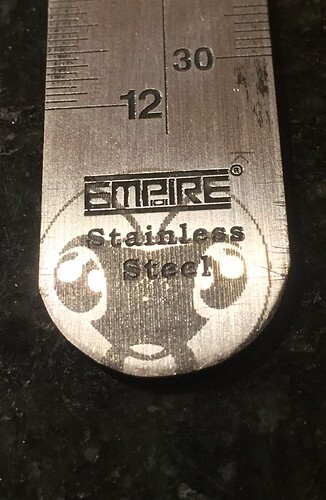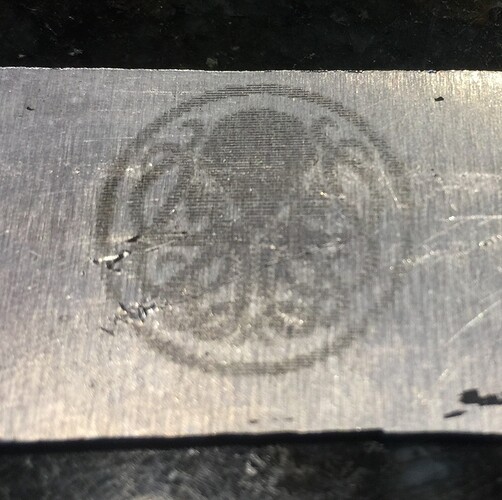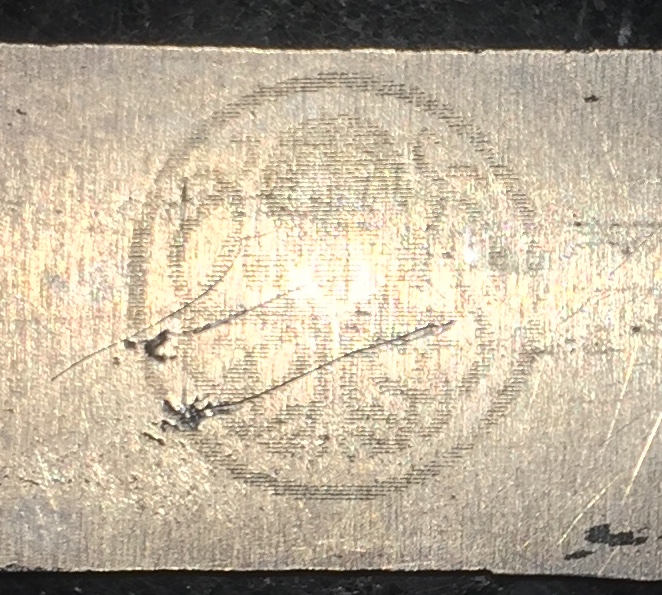Here’s the thing (well as far as I can tell anyway). Many metals are reflective of infrared light including aluminum, nickel (in stainless steel), especially copper, but…
I think the risky bit is if you get a specular reflection off of it. Straight back seems like it could melt the plastic of the head around the lower window and perhaps stuff inside of the window around the lens. This is because the focusing lens made a cone out of it whose apex is at the focal point and then it makes an hourglass shape after that and if it hits a mirror will turn around but keep expanding outward. If it expands enough it’ll no longer damage anything just warm it like a 40W light bulb would.
Seems like there is potential for damage here though since someone on the forum did an experiment to see if there was still a tight enough focus to do damage at the bottom of the unit. Plus support said, don’t let the laser hit the bottom of the unit with the crumb tray removed.
However, you don’t get a specular reflection off of any old hunk of reflective material. For visible light, you need to polish it by making the surface smooth by grinding finer and finer grooves into it until the surface features are very fine. It seems to me like longer wavelength light wouldn’t need as smooth of a surface as visible light to reflect specularly (any physicists around?)
So, I think to be safe, you’d stick with anodized aluminum (anodized has a somewhat diffused reflection) and only other metals that are coated with something. The reason I said particularly copper above is that if I understand it correctly, sometimes copper is actually used as a mirror in some infrared laser applications.
But, in spite of this, several folks on the forums have experimented with etching and cutting steel directly to no apparent ill effect on the laser.
I think this is why there isn’t a definitive answer like “green flame” because you’d need a test for specular reflection of infrared light and the definitive test for that is to shoot a laser at it an angle and then measure the power density of the photons that bounce off of it. And since a material’s behavior with respect to infrared light is different than with visible light (glass, for example, is transparent to visible spectrum, but opaque to infrared), you can’t go by what you see.
(By the way, another material to avoid is anything containing fluorine, when it meets atmospheric water it makes a dangerous, corrosive gas similar to what happens with chlorine, only worse.)
